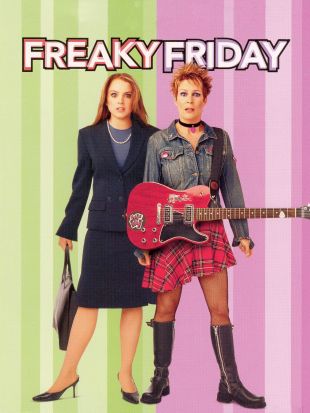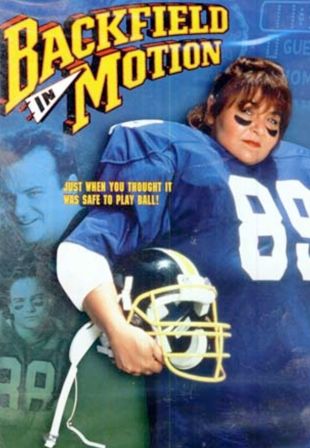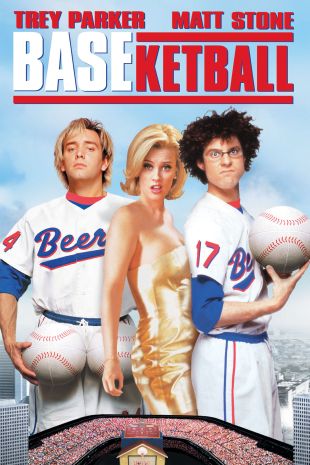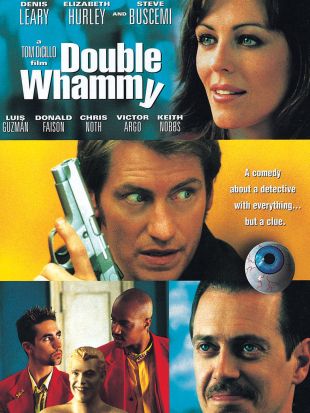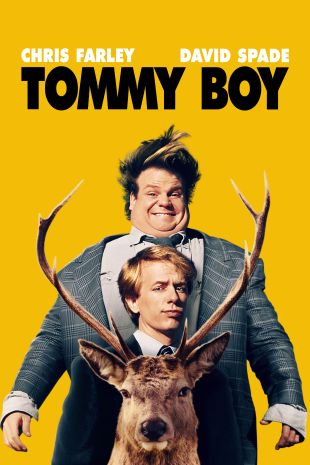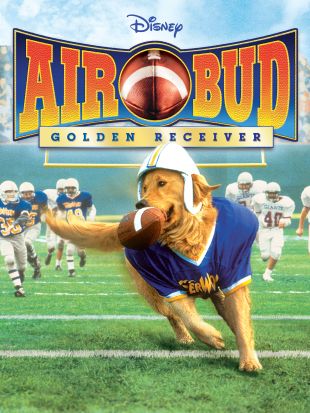
The Lucy Show (1962)
Share on
Synopsis by Hal Erickson
Two years after making her final appearance as zany housewife Lucy Ricardo of I Love Lucy fame, comedian and film-studio executive Lucille Ball returned to television (in her familiar Lucy Monday-night time slot) as zany widow Lucy Carmichael on the CBS sitcom The Lucy Show. Premiering October 1, 1962, The Lucy Show was basically the same mixture as before, with wacky redhead Lucy getting into all sorts of slapstick misadventures with her friend and co-conspirator, divorcée Vivian Bagley -- played by Vivian Vance, who of course had been Lucy Ricardo's best bud Ethel Mertz on the earlier series. (Vance had slimmed down and glammed up considerably since her Ethel days, however.) During The Lucy Show's first three seasons (filmed in black-and-white), Lucy and Viv were next door neighbors in suburban Danfield, CT. Also in the cast at that time were Candy Moore and Jimmy Garrett as Lucy's children Chris and Jerry, and Ralph Hart as Viv's son Sherman. Many of the plotlines during the series' initial seasons dealt with Lucy and Viv's efforts to snag eligible bachelors, with Dick Martin of Rowan & Martin fame making several appearances as Lucy's off-and-on boyfriend Harry Conners. Other episodes found the girls involving themselves in the lives of their children, doing everything from performing comedy sketches for the PTA to accompanying Chris and her friends on a slumber party. Also, Lucy and Viv frequently got mixed up in civic responsibilities, usually those with plenty of sight-gag potential (such as joining the volunteer fire department).
Of course, as a solo mom, Lucy was frequently strapped for cash, forever hatching get-rich-quick schemes to circumvent Mr. Barnsahl (Charles Lane), the banker handling her late husband's estate. Beginning with the second season, Lucy's financial affairs were in the hands of Theodore J. Mooney (Gale Gordon), president of the Danfield First National Bank. Thereafter, many of the plotlines found Viv taking a back seat to the Lucy/Mooney "team," with Lucy repeatedly driving Mr. Mooney into hilarious fits of frenzy in her efforts to wrest a few extra dollars for her weekly allowance. Vivian Vance, Candy Moore, and Ralph Hart left the series at the end of season three, though Vance would make semi-annual guest appearances. As season four rolled around and the series switched from black-and-white to color, Lucy and her son Jerry (who would be phased out the series in 1966) moved to San Francisco -- as had Mr. Mooney, who had hoped to escape Lucy's clutches by changing locales. Economic realities required Lucy to take a job as Mooney's secretary at the San Francisco bank run by Harrison Cheever (Roy Roberts), which naturally cleared the deck for a whole slew of new slapstick complications, with Mooney usually bearing the brunt of Lucy's comic excesses.
In the absence of Vivian Bagley, Lucy found an erstwhile sidekick in the form of her coworker Mary Jane Lewis (Mary Jane Croft). The final three seasons of The Lucy Show were distinguished by a surfeit of celebrity guest stars, with Lucy somehow or other crossing paths with the likes of Jack Benny, Dean Martin, Danny Thomas, Wayne Newton, Mel Tormé, Carol Burnett, Milton Berle, and even Joan Crawford and Jimmy Piersall. During this period, Ann Sothern was seen on a recurring basis as "Countess Framboise," a glamorous but impoverished noblewoman who was actually Lucy's childhood friend Rosie Harrigan. Also, a running gag was established whereby Lucy moonlighted as ace Hollywood stunt person "Iron Man Carmichael." In addition, several of the later episodes eschewed the three-camera, single-set format established in the earlier Lucy shows, with Lucy making location jaunts to such places as Marineland of the Pacific. Although The Lucy Show was canceled on September 16, 1968, Lucille Ball and co-star Gale Gordon kept the format alive in a look-alike sitcom, Here's Lucy, which ran until 1974. Reruns of the original Lucy Show were seen on CBS' daytime schedule from 1968 to 1972, and in prime time during the summers of 1968 to 1971.
Characteristics
Keywords
widow/widower
